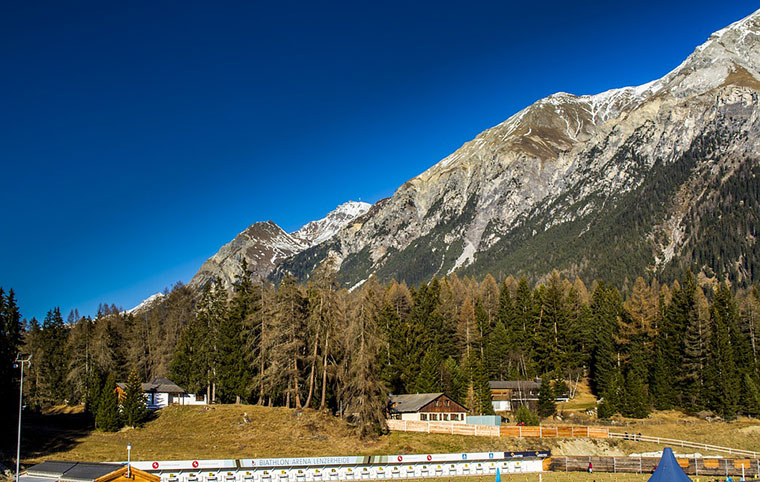
What is HDR Photography?
Ansu Man | May 31, 2024 | Categories: Retouching | 0 comments
HDR has become a common term used widely in photography. It stands for High Dynamic Range with the help of which you can produce a greater dynamic range of luminosity. Furthermore, it captures broader tonal range as compared to digital sensors.
In HDR photography, multiple exposures are taken where one image captures the brightest area and the other captures the darkest area. The camera adjusts itself and sets the perfect shutter speed and aperture required for a HDR picture.
Photo editors use images with multiple exposures to create one image with highly optimized exposure and luminosity. Special software is used and great skills and experience are required to achieve the professional level matching that matches industry standard.
8 Steps to Edit HDR Images
A typical workflow involves the following steps using industry-relevant tools and software .
- Capture Multiple Exposures: Begin by taking at least three bracketed shots of the same scene: one underexposed, one correctly exposed, and one overexposed. This ensures you capture the full range of shadows, midtones, and highlights.
- Align the Images Precisely: Stack the exposures and align them to compensate for any minor shifts or camera movements between shots. Proper alignment is critical to avoid ghosting and ensure sharp detail throughout the composite.
- Merge to HDR Format: Combine the stacked exposures into a single HDR image. During the merging process, dynamic range from all exposures is preserved, allowing for detailed shadows and well-defined highlights.
- Tone Mapping: Apply tone mapping to compress the expanded dynamic range into a standard displayable format (such as 8-bit, 16-bit or 32 bit). This step adjusts local contrast and brightness to maintain a natural yet dynamic appearance.
- Balance Exposure and Contrast: Fine-tune overall exposure, contrast, and color balance to create a realistic representation that avoids over-processed or unnatural results. Focus on smooth transitions between light and dark regions.
- Enhance Details: Use subtle sharpening and clarity adjustments to bring out textures and depth without introducing halos or noise. The goal is to create a crisp yet balanced look that doesn’t distract the viewer.
- Remove Artifacts: Inspect the image for ghosting (especially in moving elements), color shifts, and edge halos. Apply corrective adjustments where necessary to ensure clean and professional output.
- Final Polish: Add finishing touches like lens corrections, vignette adjustments, or noise reduction based on your final output needs—whether for web, print, or high-end commercial display.
While advanced software has made the life of a professional real estate photo retoucher easy, you need to understand that there exist different HDR shooting conditions, too. An HDR photograph not only looks better but also provides improved quality and thus, increases your viewership. It promises the perfect output using simple steps.